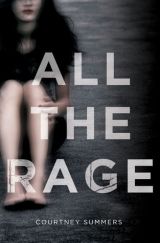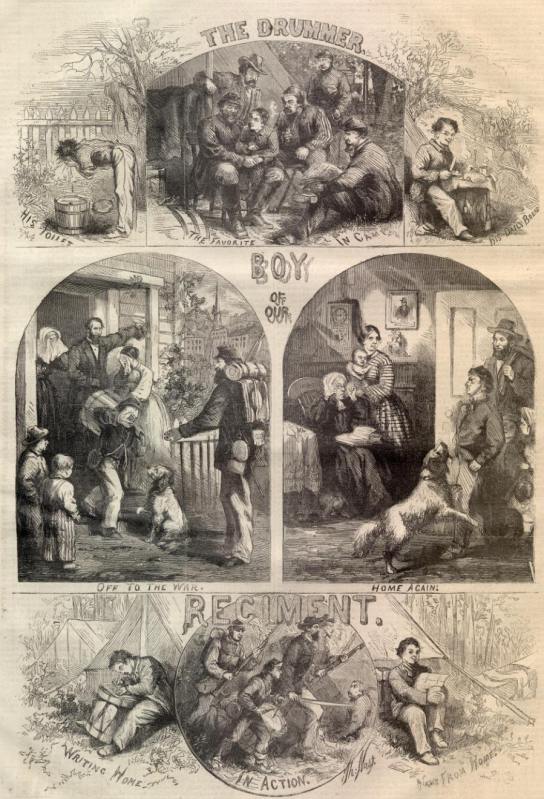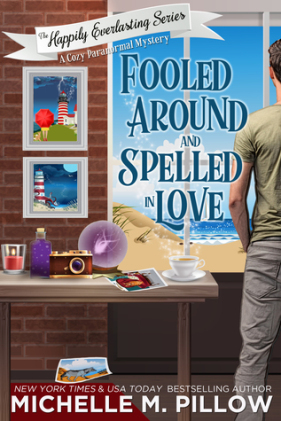What stage are you in with your writing—getting the first draft written, or revising the mess you made of your first draft? Either way, there may come a time when you’re stumped and unable to go forward. Best thing to do? Keep writing. Here are some resources that can help.
Stuck while you’re writing?
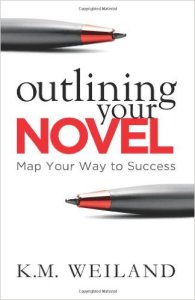 Wherever you are in the process of writing your first draft, and regardless of whether you’re an outliner, K.M. Weiland’s Outlining Your Novel and its companion workbook are perfect tools when you’re stuck. Why? Because Katie asks questions that make you think.
Wherever you are in the process of writing your first draft, and regardless of whether you’re an outliner, K.M. Weiland’s Outlining Your Novel and its companion workbook are perfect tools when you’re stuck. Why? Because Katie asks questions that make you think.
When I’m having trouble, I always reach for the workbook. Her contents cover the premise, general sketches (scene lists) character backstories and interviews, setting, story elements, voice, POV–virtually everything.
Reaching for this book never fails. Even if I’m not having trouble with, for instance, characterization, going through those worksheets always gives me ideas. And that’s what you’re waiting for, the epiphany that kicks you back into gear. Sometimes it’s as simple as writing a scene between your characters that is totally unrelated to your work in progress. Sometimes it’s as specific as, “Which character has the most at stake?”—which may trigger the idea that if you change the POV in the scene you’ll get over your hump.
The point is to find those triggers. To take a step back from your work, yet keep the creative side of your brain engaged. In Katie’s workbook, you could find something specific to your problem or you could trigger an idea while you work on something entirely different. It’s all because she knows the right questions to ask to kick you into gear.
Stuck while you’re revising?
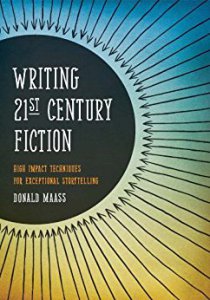
If you’ve been reading my blog during the past couple of weeks, you’re probably tired of seeing Donald Maass’s Writing 21st Century Fiction. I’ve been leaning on it quite heavily these days.
Like Katie, Maass asks questions designed to kick your brain into gear. Unlike Katie’s books on outlining, this one is best if you already have something written. This shows you how to make what you’ve written better. Working on his questions helps you answer your own questions: Why doesn’t this scene pop? Why are my characters flat? How can I crank up the tension?
I wrote earlier about how this book helped me figure out my pair of plots. Since then I’ve learned how to take the challenges each character faces and make them universal so that their journeys become the road map for readers on similar journeys. Doing so makes a book more than just a good story. It makes the story memorable. When the readers can relate to the characters and their plights, their reading experience is elevated—and that’s our goal, right?
Maass also presents techniques for providing twists, turns, surprises; for best utilizing secondary and minor characters; for deepening scenes to provide an intense emotional reaction from the reader. Great goals, but he encourages us to elevate our writing as we go along:
“Pick a scene. What do you want the reader to feel here? Evoke that emotion through actions alone. Delete all exposition.”
That’s challenging. And while taking the challenge, you discover ways to jump over the obstacles hindering your revision, the same way Katie’s workbook does in the writing stage. You keep the creative side of your brain active. Maass’s book covers a lot of territory, and you’re likely to find the answer to whatever is holding you back as you revise. But even if you don’t find anything specific, just going through the exercises is likely to bring you over the hump.
In the dumps about writing in general?
Recently, a friend confided that she’s just about had it with writing. The spark was gone. She no longer had an interest. Didn’t care anymore.
The fact she was agonizing over it told me otherwise.
Sometimes, the best way to get over this is to get inspired again, and what works for me is . . . Maass. Goodness. You’d think I was his personal cheerleader.
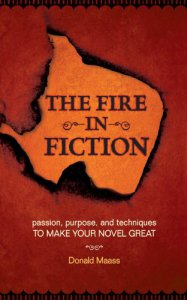 The Fire in Fiction never fails to inspire me. This isn’t a typical “how-to” book, illustrating the basics of plot, character, dialogue, and setting. This is how to do it better.
The Fire in Fiction never fails to inspire me. This isn’t a typical “how-to” book, illustrating the basics of plot, character, dialogue, and setting. This is how to do it better.
Fans of Maass’s Writing the Breakout Novel swear by it, and I’m good with that. I haven’t read it yet, but if Maass wrote it, I’m certain it’s great.
But The Fire in Fiction covers a wide range of story-telling techniques and shows us, as I said, how to do them better. How to make our characters more memorable, our stories more compelling. It lights a fire under authors who want to do more than just tell a story, and it inspires those who have been overcome with the writer blues.
These three books work great for whatever writing stage you’re in. But I bet you have your own secrets. How do you overcome writer’s block?
Share this: